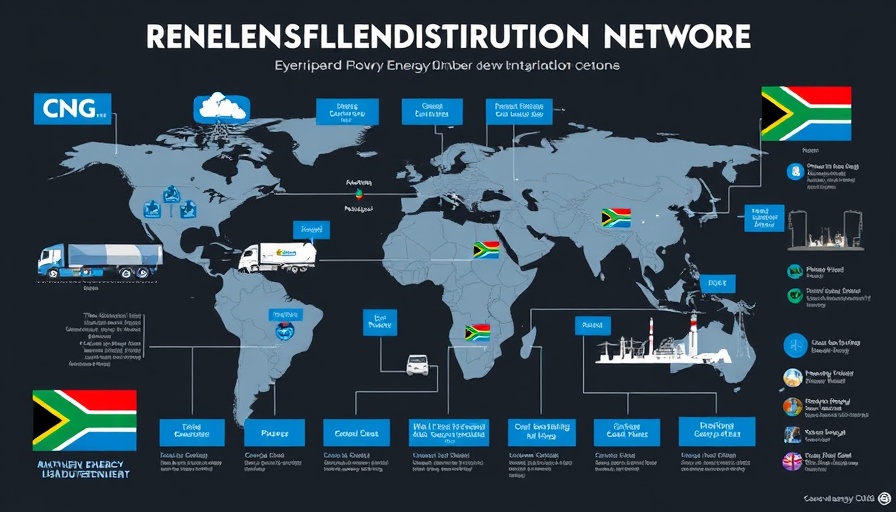
Transforming Southern Africa’s Energy Landscape
As the world grapples with climate change and energy sustainability, Southern Africa stands at a crucial crossroads. The initiative known as Project Spark emerges as a beacon of hope, addressing the region's pressing energy needs.
Finding Balance in Energy Sources
Project Spark is a testament to the evolving energy landscape in Southern Africa. Its objective is to construct a balanced energy mix combining renewable resources with traditional energy methods. This is vital in reducing dependency on fossil fuels while ensuring energy security. As countries pursue sustainable practices, the integration of renewable energy, such as solar and wind, is proving increasingly essential.
The Role of Technology in Energy Transformation
The key to Project Spark’s ambitious plans lies in technology. By employing digital transformation tools such as AI and big data analytics, the project intends to optimize energy generation and distribution, paving the way for smarter grids. The integration of 5G technology will ensure efficient communication between energy sources and the grid, fostering real-time adjustments based on consumption patterns.
A Glimpse into the Future of Energy in Africa
What does the future hold for this initiative? Experts predict that successful implementation could not only provide uninterrupted energy supply but also stimulate economic growth by attracting investment and creating jobs. The synergy of renewable energy with innovative technologies like robotics and IoT could also lead to the emergence of smart energy solutions, driving efficiency across various sectors, from manufacturing to agriculture.
Engaging Stakeholders for Broader Impact
The multi-faceted nature of Project Spark emphasizes the importance of stakeholder engagement. From governments and private sectors to local communities, everyone has a role to play. Sustainable energy practices thrive on collaboration, ensuring that local needs are met while fostering global partnerships. A united front can amplify the efforts for sustainable development in the region. The stakes are high; without collective action, the repercussions of climate change could hinder progress.
Moving Beyond Energy: Socio-Economic Benefits of Project Spark
Aside from the energy revolution, Project Spark promises to address social challenges. By investing in local infrastructure and education, the project aims to empower communities. Providing training on digital skills will prepare a new generation for the jobs of the future, promoting digital inclusion. This could prove transformative in bridging the digital divide across the region.
Conclusion: A Call to Action for Stakeholders
As we observe the advancements undertaken through Project Spark, it is imperative that stakeholders, from decision-makers to entrepreneurs, rally around this initiative. Engaging in dialogues and action plans can facilitate impactful change, ultimately ensuring a sustainable energy future for Southern Africa. With the right focus on innovation and collaboration, we can usher in a new era of energy independence while fostering socio-economic growth.
 Add Row
Add Row  Add
Add 




Write A Comment